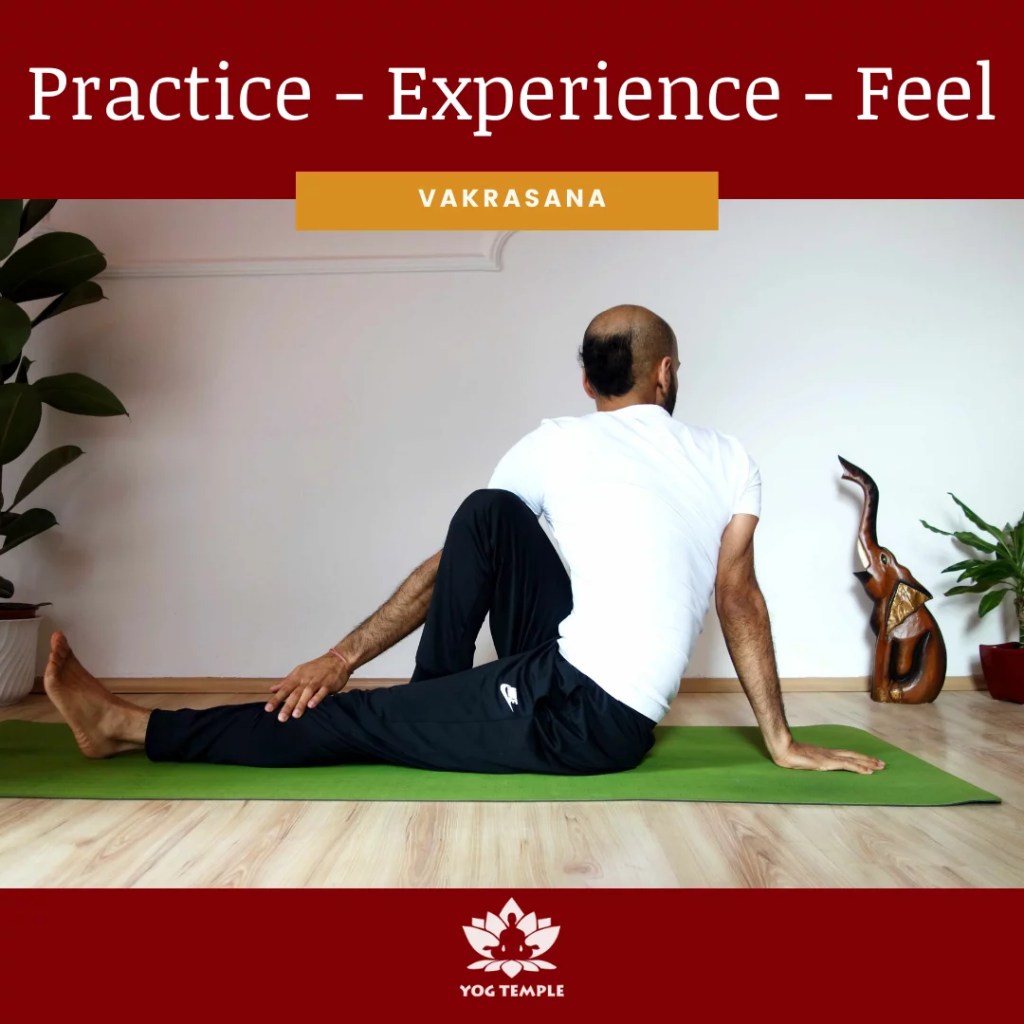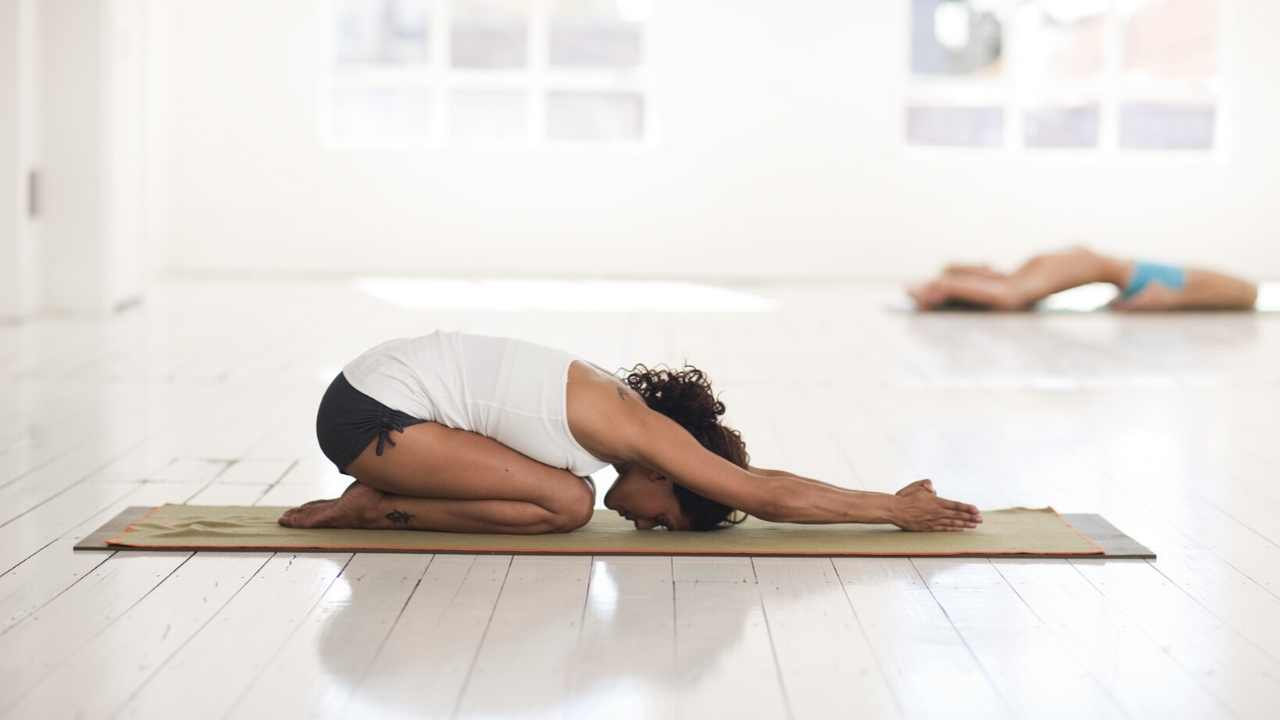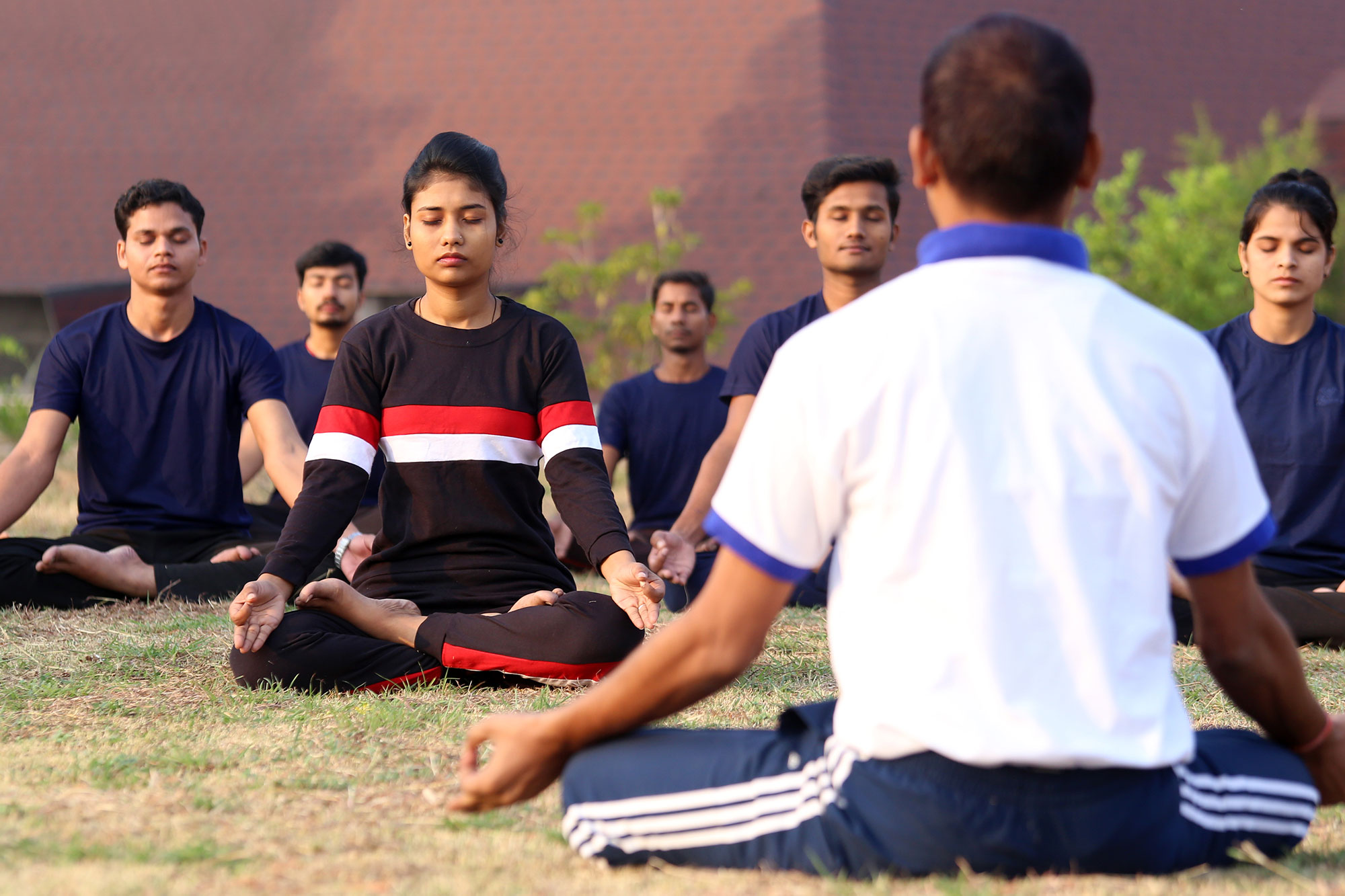
Constipation yoga is not just good for relieving stomach pain. First, a simple and effective twisting pose which stretches the abdominal muscles and stimulates digestion. In addition to improving your bowel movement, this yoga pose can also relieve the symptoms of periods and bloating. Here are the top constipation relief poses.
Cat-cow pose: This yoga pose works to stimulate the abdominal region by activating core muscles, while simultaneously stimulating the movement of the midsection. This pose requires you to exhale air from your belly. This helps the intestines work. This is believed to stimulate the bowels. This is a great position to use in combination with healthy eating habits and adequate sleep. It can help alleviate your constipation issues.
Crescent Lunge Twist (or Crescent Twist): This pose requires twisting your body. This pose is great for beginners because it doesn't require much twisting. This pose will help to relieve constipation's gas-producing effects. Wind-Relieving Poses: Another great option for constipation sufferers is this yoga pose. This is a great inversion that can relieve gas. This is a great position to start with for beginners.

Crescent Lunge: This basic yoga position stimulates the digestive system and blood flow. It also allows for stretching of the entire GI tract. Crescent Lunge: To perform the Crescent Lunge, you need to stand on your hands and knees. Your palms should be facing forward. Tuck your right knee into your chest. Move your arms outwards. Tuck your stomach toward your navel. Repeat the same thing on the opposite side. This pose will strengthen the abdominal muscles and bowels.
Wind-Relieving Poses: This asana of yoga is great for constipation. This exercise helps strengthen the abdominal muscles, and it also releases excess gas and acid. It is one the most complex asanas so be careful. When performing this pose, beginners should avoid straining their abdomens. If you are unsure, you can start slowly and then increase speed.
Yoga has many benefits, including reducing constipation as well as stress relief. Yoga helps you control your bowel movements and regulates the release of chemicals in your body. For example, most of the serotonin produced in our bodies is produced in the gut, and strengthening the parasympathetic nervous system will help balance serotonin and cortisol.
The universal spinal twist aligns the spine and the abdominal organs, and prevents gastritis and indigestion. It also reduces belly fat. It is an excellent option for constipation relief. It is a popular supine supine pose for constipation. This is especially helpful for people who have high blood pressure or any other medical condition.

Aside from constipation yoga, there are many other remedies to address this condition. Warm water and walking regularly are great ways of reducing stress and improving the digestive system. Healthy eating habits will help you avoid chronic constipation, and increase your overall health. A gentle, seated downward dog position can be used to improve posture and alleviate pain in the back. This position is especially beneficial for chronic constipation sufferers.
While many of the benefits of constipation yoga are well-known, it's also worth trying yoga for the symptoms associated with it. These tips will make it easy to pass stool naturally without any discomfort or pain. So, don't delay. Have a positive attitude and practice this yoga pose today!
Anti-Constipation and Yins - Find out the many benefits of doing a standing pose
Ardha Matsyendrasana is also known as the needle pose. It helps to massage the digestive tract. This pose aids in digestion and detox. It is especially effective in treating constipation. Sitting for five to seven consecutive minutes is a good option if your condition prevents you from sitting for extended periods. You can then take a deep breath, focus on the pose for several minutes, and then attempt to do it again.
FAQ
How many times per week do I need to exercise?
It all depends upon how much time you have and what type or exercise you prefer. You should do moderate-intensity aerobic exercise three to five days per week. It is important to not overdo it. It is crucial to exercise regularly in order to reap the full benefits of your workouts.
What exercises are the best?
It really depends on what kind of fitness goals you have. Some people prefer endurance sports like swimming, cycling, or running. Others enjoy lifting weights or using resistance bands. There are many types of exercise programs today. Choose an option that suits your lifestyle.
Eggs good for men
All the nutrients that the body needs are found in eggs. It supports strong bones, healthy heart, lungs, and stable blood sugar.
Eggs are an excellent source protein, vitamins A,B12, D E, K and calcium. They also contain vitamin B12, D-E, K, calcium and phosphorus.
The egg yolk is high in cholesterol. The egg yolk does not contain saturated oil. Eggs contain less saturated fat than most other foods.
They are also low in calories and sodium. Because they can be cooked in almost any way that you wish, they are versatile. You can fry, poach, scramble, boil, hard-boil, and bake them.
They are extremely nutritious and simple to prepare.
You should eat at least two whole eggs per day. Avoid eating eggs.
Essential nutrients are found in eggs. Add eggs to your diet today.
Is it true, that too much protein can cause kidney stones?
Protein helps to maintain healthy bones, tissue, and skin. Over-consuming protein can result in calcium being excreted through the kidneys. This can lead to kidney stone formation.
It is important to remember that not all people get kidney stones from eating more than 2g protein per kilogram (2.2lbs) of body weight. You don't have to eat a lot of protein to get kidney stones.
You can prevent kidney stones by watching your sodium consumption. Sodium regulates the body's water balance. Too much sodium can cause kidney stones.
If you have kidney stone, you might also consider reducing your protein intake. Protein provides about half of the daily caloric needs for most adults. A reduction in protein intake will likely result in weight loss.
If you do decide to eat more protein, don't go overboard. Try to eat less than 20% protein in total calories.
What is butter good for?
Butter is one of many good sources of saturated fats. This type of fat helps to build stronger bones, healthy skin, and hair.
Butter also contains vitaminK, which prevents bleeding after cuts and bruises. Vitamin K and vitamin C work together to prevent bruising.
Butter is also rich in minerals, including calcium, phosphorous, and potassium. These elements are good for teeth and bones.
Butter is not without its flaws. Butter contains high levels of cholesterol. There are studies that show excess cholesterol may increase the likelihood of developing cardiovascular diseases.
Butter is high in saturatedfat, which contributes both to obesity, and raises cholesterol.
But if butter is a must, you can spread it on bread and not dip it in soups or salads. Bread will absorb more oil than pasta or potatoes.
Do I have the obligation to exercise every day or just on occasion?
No! At least 30 minutes moderate-intensity exercise five days per week is a good goal. That means walking fast enough to be slightly out of breath or biking hard enough to sweat.
Do I have to exercise while drinking alcohol?
Yes. Alcohol can increase energy expenditure and speed up recovery, as well as reduce soreness.
The insulin sensitivity of alcohol is also increased, which makes it easier for glucose to be absorbed.
Dehydration can result from alcohol, which can affect your metabolism. You may also experience a reduction in testosterone production which can lead to decreased muscle-building potential.
It is important that women refrain from drinking alcohol before they exercise. Women who drink heavily should wait at the least 24 hours before exercising.
Breastfeeding women should stay away from alcohol.
Men should limit their alcohol intake to just one drink each day.
How many calories per day should I consume?
This can vary from person to person. On average, between 2000 and 2500 calories a day. The factors that determine how many calories are needed for you include your gender, age, height, activity level, lifestyle, and gender.
Statistics
- By John Thompson Take a whopping 38% off a set of PowerBlock Pros. (menshealth.com)
- Get free shipping and 25% off today. (healthline.com)
- An estimated calorie range for moderately active adult males falls between 2,200 to 2,800 calories per day, depending on age. (eatright.org)
- Are You One of the 20% of Guys (mh.co.za)
- Candidates and applicants must pass all four tests at 70% (minimum level) to graduate from Basic Deputy U.S. Marshal (BDUSM) Training. (usmarshals.gov)
External Links
How To
How can a man get fit in 30 days?
Breaking down your fitness goals into manageable steps is the best way to reach your goals.
Every day, you must work towards your goal. This could include anything from 10 pushups that last 5 minutes to running 3km.
Consistently doing this will lead to positive results.
Here, consistency is the key. You must persevere until your success is achieved.
What is the difference in Aerobic Fitness and Anaerobic Fitness
Anaerobic fitness means that our bodies can perform intense physical work with no oxygen. Anaerobic pathways can be used to supply enough energy during high-intensity exercise. Anaerobic pathways include glycolysis and creatine phosphate.
Cardio fitness is, in contrast to aerobic fitness, the practice of sustaining low-intensity exercise. Aerobic exercise is a form of aerobic exercise in which oxygen is the primary fuel source for the cells. In other words: The aerobic pathway gives more energy than that of the anaerobic.
To run a marathon you need to first increase your aerobic capacity. If you are only focusing on increasing your anaerobic capabilities, you won't finish the race.
Aerobic fitness is also known as cardiovascular fitness. Step tests and VO2 max testing are the most popular methods to measure cardiovascular fitness.
VO2 Max Testing
VO2 max is the maximal amount of oxygen (O2) that the body uses during exercise. This test measures the amount O2 that the body can use when exercising.
This test measures cardiovascular fitness in a way that is most accurate. This test requires expensive equipment, and highly qualified professionals to administer.
Step Tests
Step tests are a simple but effective way to measure cardiovascular fitness. You will be asked to walk, jog or run for a specific time on a track. This is based on your age or weight.
These tests are easy, inexpensive, and accessible almost anywhere. For example, you could walk on a treadmill 20 minutes and then stop. Throughout the entire session, your heartbeat should stay within a set range.
This is the "Bruce Protocol". Bruce himself was a runner who developed this protocol after he realized that his heart rate would not increase when he ran longer distances.